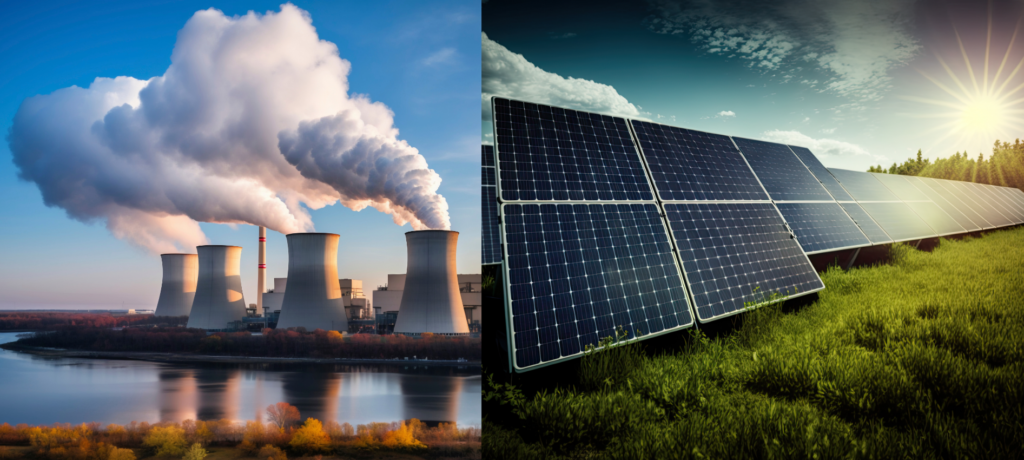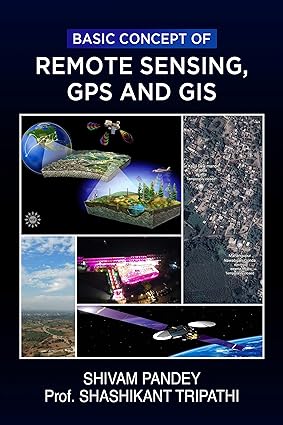Renewable And Nonrenewable Energy Sources:
Energy powers our modern world, but the sources from which we derive this energy have significant implications for our environment and sustainability. At the core of this discussion are renewable and nonrenewable energy sources. Understanding their differences is crucial for making informed decisions about our energy future.
Renewable Energy Sources
Definition and Characteristics
Renewable energy comes from sources that are naturally replenished over a short period. They are sustainable, meaning they can be used continuously without depleting the Earth’s resources, provided their use is managed properly. The primary advantage of renewable energy is its minimal environmental impact compared to nonrenewable sources.
Types of Renewable Energy:
Solar Energy: This harnesses the sun’s rays to generate electricity or heat. Solar panels convert sunlight directly into electricity, while solar thermal systems use sunlight to heat fluids for domestic or industrial use.
Wind Energy: Wind turbines convert the kinetic energy of wind into electricity. Wind farms, both onshore and offshore, are becoming increasingly common and efficient.
Hydropower: Utilizing the energy of flowing water, hydropower generates electricity through dams or run-of-river systems. The movement of water drives turbines connected to generators.
Geothermal Energy: This comes from the Earth’s internal heat. Geothermal power plants convert steam from heated underground water into electricity, and geothermal heat pumps can be used for heating and cooling buildings.
Biomass Energy: Organic materials such as plant and animal waste are converted into energy. Biomass can be burned directly for heat or processed into biofuels like ethanol and biodiesel.
Advantages:
- Sustainability: These sources are naturally replenished and generally have lower environmental impacts.
- Environmental Impact: They produce little to no emissions during operation, making them environmentally friendly.
Challenges:
Availability: The availability of renewable energy can be intermittent or variable. For instance, solar energy depends on sunlight, which varies by location and weather conditions.
Nonrenewable Energy Sources
Definition and Characteristics
Nonrenewable energy sources are finite and cannot be replaced on a human timescale. Once these resources are consumed, they cannot be regenerated quickly. The use of nonrenewable energy sources has significant environmental consequences, including pollution and contribution to climate change.
Types of Nonrenewable Energy:
Coal: Formed from compressed plant matter over millions of years, coal is a solid fossil fuel used primarily for electricity generation and industrial processes.
Oil: This liquid fossil fuel is derived from the remains of ancient marine organisms. Oil is refined into various products, including gasoline, diesel, and jet fuel.
Natural Gas: Composed mainly of methane, natural gas is a gaseous fossil fuel used for heating, electricity generation, and as a feedstock for various chemicals.
Nuclear Energy: Derived from the fission of radioactive materials such as uranium. Nuclear reactors use this process to generate electricity.
Advantages:
Consistency: Nonrenewable sources provide a stable and reliable supply of energy.
Challenges:
- Depletion: These sources are limited and will eventually run out if current consumption patterns continue.
- Environmental Impact: Their extraction and use result in significant environmental degradation. For example, burning fossil fuels releases greenhouse gases, contributing to climate change and air pollution.

Key Differences at a Glance
| Feature | Renewable Energy | Non-Renewable Energy |
|---|---|---|
| Origin | From natural processes (sun, wind, water) | From fossil fuels formed over millions of years |
| Availability | Virtually unlimited | Limited supply |
| Replenishment | Naturally replenished | Cannot be easily replaced |
| Environmental Impact | Low to minimal | High, contributing to pollution and climate change |
| Examples | Solar, wind, hydro, geothermal, biomass | Coal, oil, natural gas |











